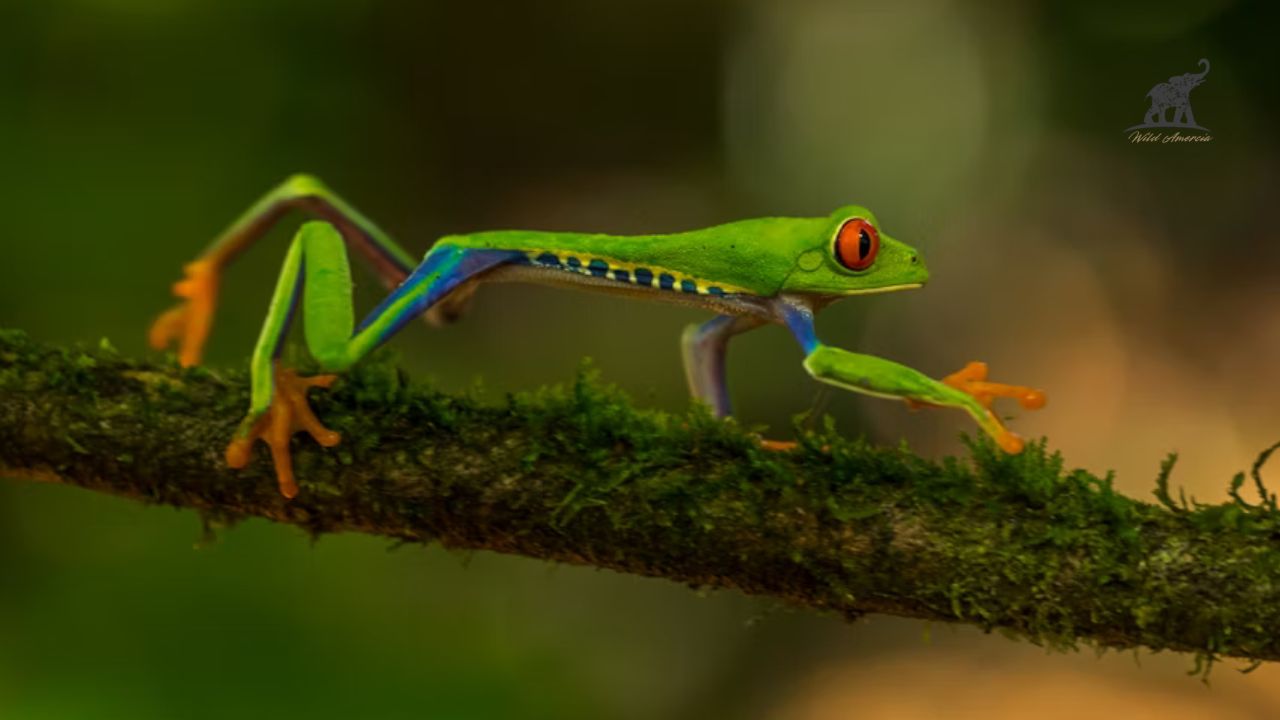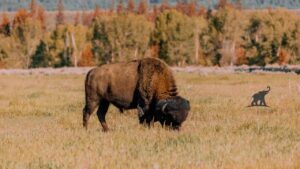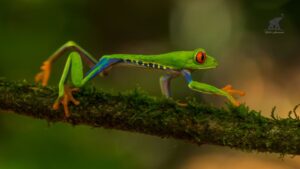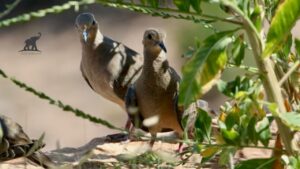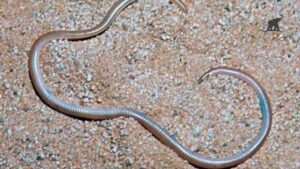The tiger leg tree frog is an enchanting amphibian that mesmerizes nature enthusiasts with its striking colors and unique behaviors. Known for its captivating orange-and-black striped legs, this little creature is more than just a pretty face—it plays an essential role in its ecosystem. Whether you’re a fan of frogs or simply curious, this article will take you through everything you need to know about the tiger leg tree frog.
Quick Facts About the Tiger Leg Tree Frog
To kick things off, here’s a handy summary table with key information about this fascinating amphibian.
| Feature | Details |
| Scientific Name | Phyllomedusa hypochondrialis |
| Common Name | Tiger Leg Tree Frog |
| Habitat | Tropical rainforests of South America |
| Average Size | 5–7 cm |
| Diet | Carnivorous (mainly insects) |
| Lifespan | ~8 years in captivity |
| Conservation Status | Least Concern |
| Coloration | Vibrant green body with striped legs |
What Makes the Tiger Leg Tree Frog Special?
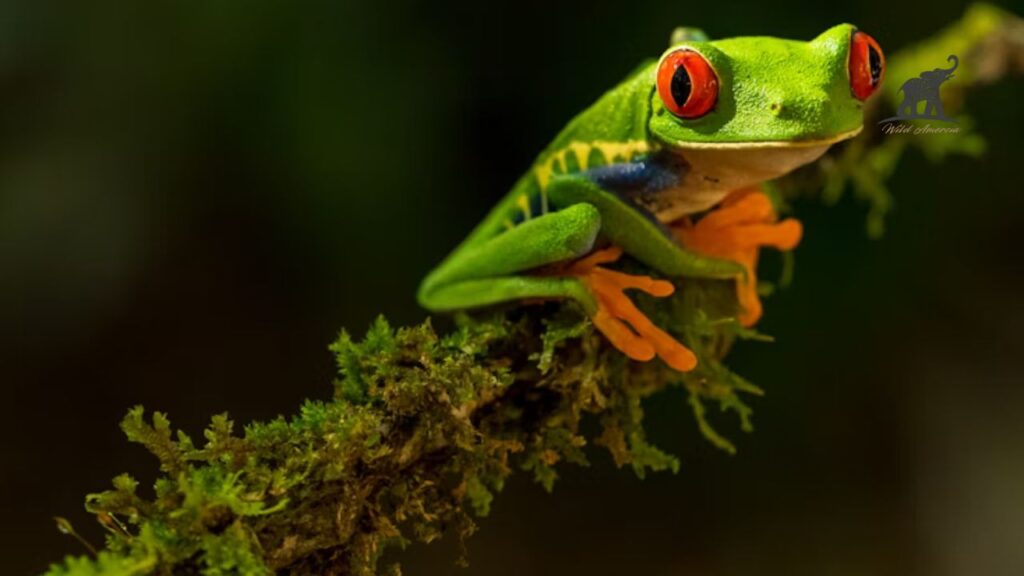
The tiger leg tree frog isn’t your average amphibian. Its vivid colors and nocturnal habits make it a marvel to observe. Let’s explore what sets this frog apart.
1. Eye-Catching Appearance
With a bright green body and vivid orange-and-black striped legs, the tiger leg tree frog looks like something out of a painter’s imagination. These colors aren’t just for show—they serve as a defense mechanism, deterring predators by signaling that it might be toxic.
2. Habitat and Behavior
Native to the lush rainforests of South America, this frog thrives in areas with high humidity. You’re most likely to find it perched on leaves or branches near water bodies.
- Adaptations: Its long, sticky toes allow it to cling to vertical surfaces, making it an adept climber.
- Behavior: Nocturnal by nature, this frog is active during the night when it hunts for insects and avoids daytime predators.
Caring for a Tiger Leg Tree Frog
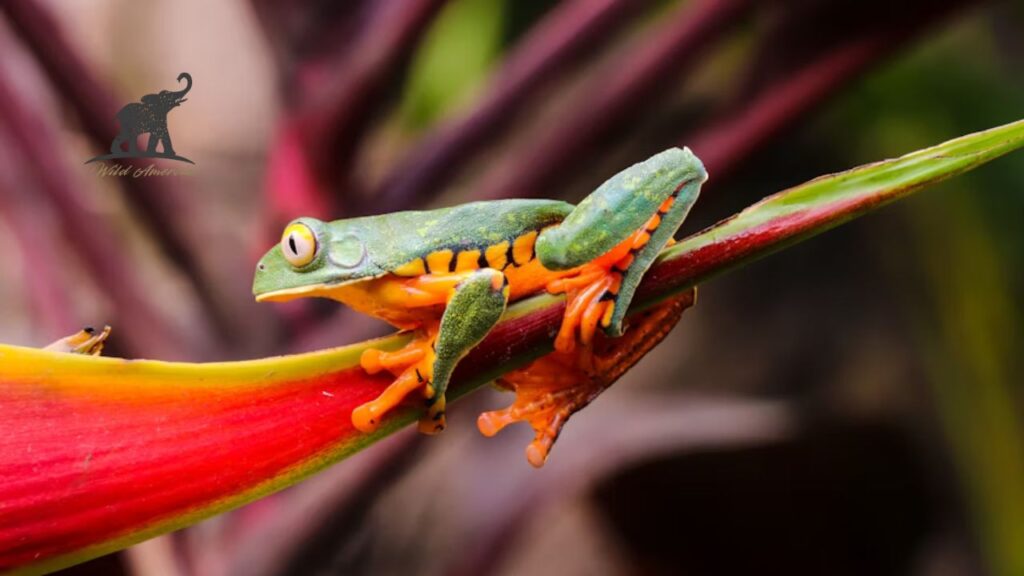
If you’ve considered keeping a tiger leg tree frog as a pet, there’s some important information to keep in mind.
Setting Up the Perfect Habitat
These frogs thrive in environments that mimic their natural tropical habitats.
- Enclosure Size: A vertical terrarium with at least 20 gallons of space is ideal.
- Temperature and Humidity: Keep temperatures between 25–28°C with humidity levels of 70–80%.
- Vegetation: Use live plants like pothos or bromeliads to recreate a rainforest-like feel.
Feeding and Diet
Tiger leg tree frogs are insectivores, relying on a diet rich in protein.
- Favorite foods include crickets, mealworms, and fruit flies.
- Gut-load insects before feeding to ensure proper nutrition.
User Reviews
Pet enthusiasts often rave about tiger leg tree frogs for their beauty and low-maintenance requirements. “I’ve kept one for over three years,” says Sarah N. from London, “and it’s mesmerizing to watch its nocturnal activities. Definitely a unique choice for a home terrarium!”
- Average Rating: (4/5)
- Common Praise: Beautiful coloration, easy to care for
- Criticism: Needs specific humidity levels
Fascinating Facts about the Tiger Leg Tree Frog
Want to impress your friends with some cool trivia? Here are some lesser-known facts about the tiger leg tree frog.
- Camouflage Skills: Despite their bright colors, tiger leg tree frogs can blend into foliage surprisingly well when resting.
- Toxicity: While not dangerous to humans, their skin secretes a mild toxin to deter predators.
- Vocalization: Male frogs produce a unique, low-pitched call to attract mates.
FAQs about the Tiger Leg Tree Frog
Q1. Can I handle my tiger leg tree frog?
It’s best to avoid frequent handling as their skin is sensitive. If you must, make sure your hands are clean and free of oils or lotions.
Q2. Are tiger leg tree frogs poisonous?
Their skin secretes a mild toxin, but it’s harmless to humans unless ingested or transferred to mucous membranes.
Q3. How long do tiger leg tree frogs live?
They can live for up to 8 years in captivity with proper care.
Q4. How big do tiger leg tree frogs get?
On average, these frogs grow to about 5–7 cm in length.
Q5. Do they make good pets?
Yes! They’re a great choice for frog enthusiasts who can maintain their specific environmental needs.
Why the Tiger Leg Tree Frog Deserves Your Attention
The tiger leg tree frog is more than just a pretty amphibian. It’s an essential part of its rainforest ecosystem, helping control insect populations while serving as prey for larger animals. Their ability to adapt and thrive in their environment is nothing short of amazing.
Whether you’re considering adding one to your terrarium or simply want to learn more about nature’s wonders, the tiger leg tree frog is a remarkable creature that’s worth your attention.

